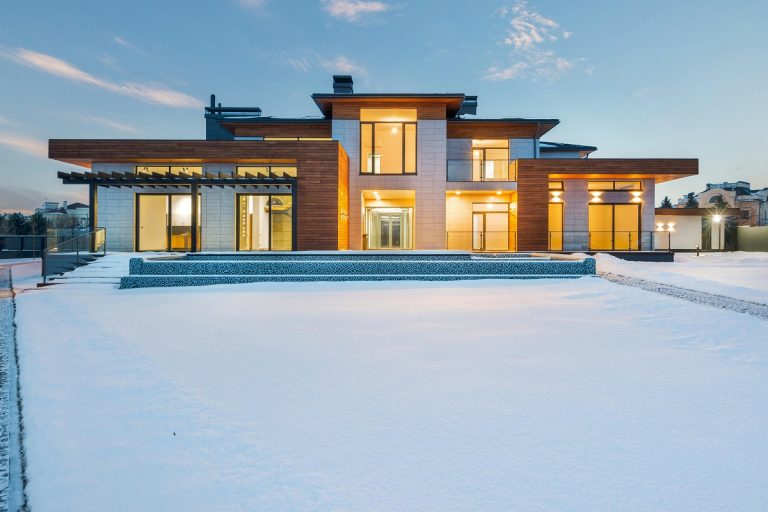
Often, a quaint countryside house is imagined with a white picket fence, but even for many suburban residents, getting an attractive and effective fencing job done is not an idle daydream, but a very doable construction job, whether done oneself or by hiring a contractor to build it. Residential fencing can serve triple duty for keeping intruding dogs and people out of a lawn, making the property attractive, and ensuring privacy (aside from the use of chain link fences). Entrance gates, and English lattice fence, and more can add visual flair to a property in a snap. How should one choose whether and how to get a fencing job done?
The Market for Fences
Getting fencing work done is not the biggest market around, but it is a substantial industry that can serve the needs of many different customers’ tastes and needs. In fact, the American market for fencing is predicted to reach $11.5 billion by the year 2024, and from the span of 2012 to 2017, that market grew at a rate of 6.2% every year. Often, fences for commercial as well as private use should match security and construction codes. For example, any fence higher than seven feet requires a permit for maintenance or construction work, although a swimming pool barrier is an exception. Guardrails, which are effectively fences for roads, are tested for “crashworthiness” for cases when vehicles traveling at 62 MPH hitting them. And based on area and jurisdiction, codes may require that residential fencing be set two, four, six, or eight inches from a property line.
The Right Fence For a Property
Different materials can be used to build a fence, each with different aesthetic appeal, level of security, and cost for materials used. According to Angies List, while big privacy fences in the front yard can be frowned upon and may even violate local codes, more modest fences for the front, side, and back lawns can do a lot of work. Communicating plans for a fencing construction job with neighbors is advised, since they may like the idea and may even help. Either way, some fences will in fact have an indoor and outdoor side, and the indoor side should face the owner. The indoor side also has support frame work that could act as hand and foot rails for intruders if the inside part were accidentally set outside instead. Chain link fences, meanwhile, are very easy to climb on either side, so owners may want to keep that in mind as well.
Different materials for fencing can have different pros and cons. A vinyl fence, for example, has a smooth surface and is cost effective, since it needs very little maintenance or other work to stay in good shape. Brick walls are expensive to build, but are very secure and can look perfect on a larger, stately property or in a historic area where such walls and fences were once common. Another option is wrought iron or aluminum fences, which can have an aesthetic appeal to them, and being see-through, they trade privacy for the owner maintaining his or her property views, which may be desired in a more attractive or trendy region. Wood, meanwhile, often requires maintenance such as sealant, repairs, and work on its finishing, but different types of wood are available based on region or preference, and they can have a classic look. Bamboo is emerging as a popular new option, especially since many consider it environmentally friendly.
A person can build his or her own fence by hand, buying posts, wall sections, and more for the fence and digging holes for the posts, whether with a shovel or with a mechanical augur if the soil is hard-packed or if tree roots block a shovel’s work. If the person cannot do a good job or does not have the physical strength, contractors can be hired to take on the fencing job. Contractors can buy the materials themselves for a good price, and they can be brought onto the property and consulted for free, to determine costs of building the fence as well as construction options the property owner might not have thought of.


